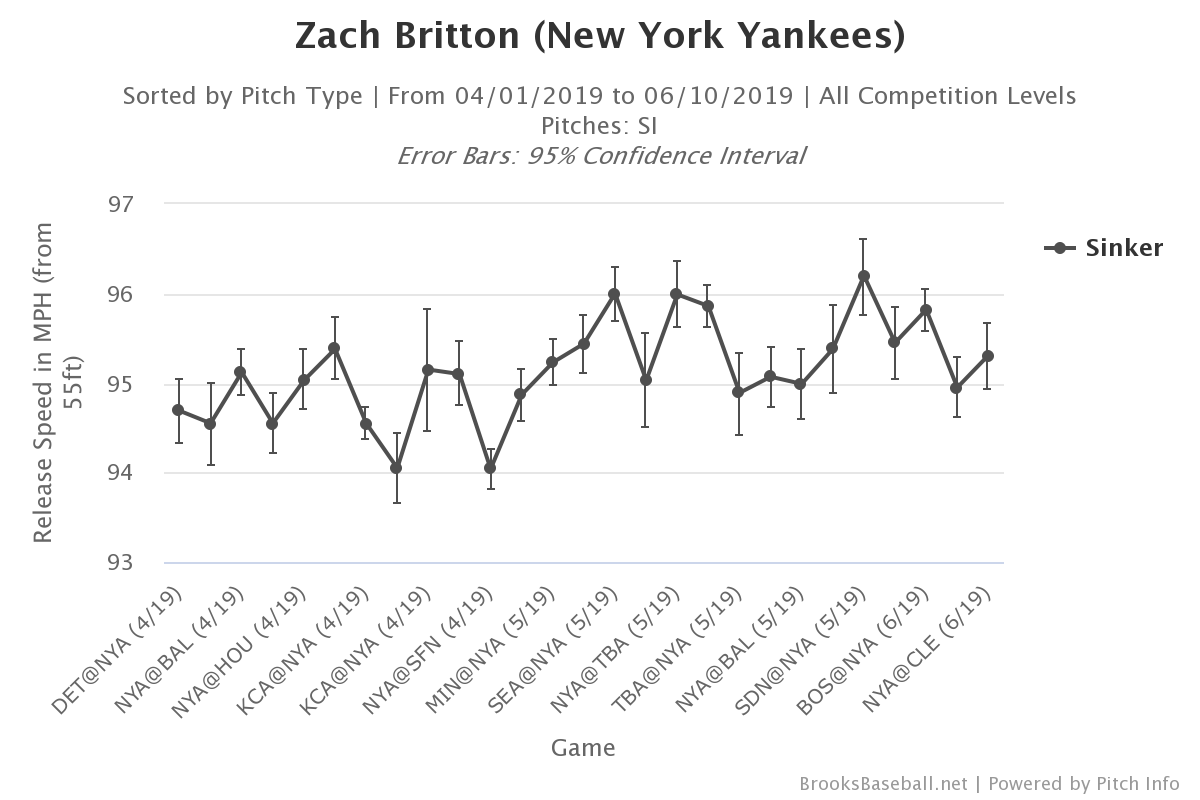SNELL THE GLOVE
Since 2002, when the stat began being recorded, the top three swinging strike percentages for pitchers through June 1st of a season (minimum 60 innings) are…
1. Blake Snell (2019) – 19.1%
2. Max Scherzer (2018) – 17.5%
3. Curt Schilling (2002) – 16.8%
To say that Snell has been in fine form the first two months of the season would be a massive understatement, as he’s in historic form according to this metric. The reigning AL Cy Young winner’s surface numbers may not look as incredible as they did last year, but his talent is still off the charts.
…
RYU READY TO ROCK?
When facing lefties, there is an offense that ranks first in ISO, second in wOBA, third in wRC+, and possesses the eighth-lowest strikeout rate this season. It’s not the Twins, who have caught the serious attention of the baseball world. It’s not the Astros, who have had quite the reputation of being death to lefties for the past few years. It’s also not the other teams (the Dodgers, Mariners, Braves, Cardinals, etc.) you would normally suspect…
Yep, you didn’t guess it!
It’s the Arizona Diamondbacks. Granted, two months of data may still be leaning on the short side of sample sizes when it comes to team trends. Their BABIP indicates at least some bit of good fortune, and they currently sit with the third-lowest walk rate. However, none of this mattered against Hyun-Jin Ryu in his last outing on June 4. The Dodgers southpaw continued his stellar campaign by firing seven scoreless innings against the D-backs, allowing just three hits to move to 9-1 in 12 starts. Ryu now holds a 1.35 ERA, 2.6 fWAR, and has allowed just five walks to 71 strikeouts in 80 innings.
It’s worth noting that the matchup took place at Chase Field, where they’ve been conveniently keeping the roof open for night games, which in turn mitigates the effects of the humidor system they installed before the 2018 season. That said, Ryu is doing something truly remarkable and seems capable of silencing just about any lineup in MLB. Read the rest of this entry »



